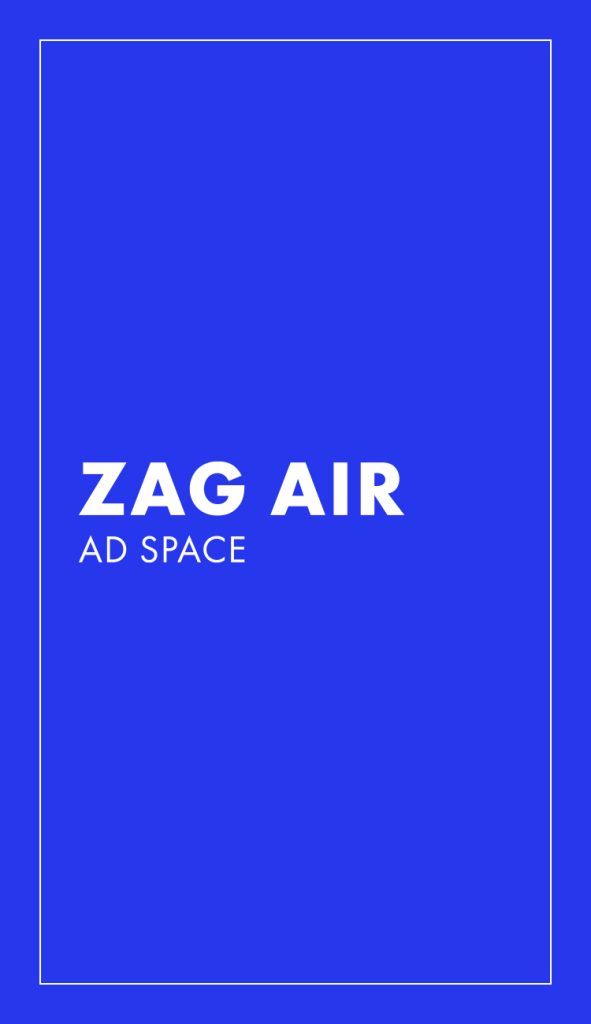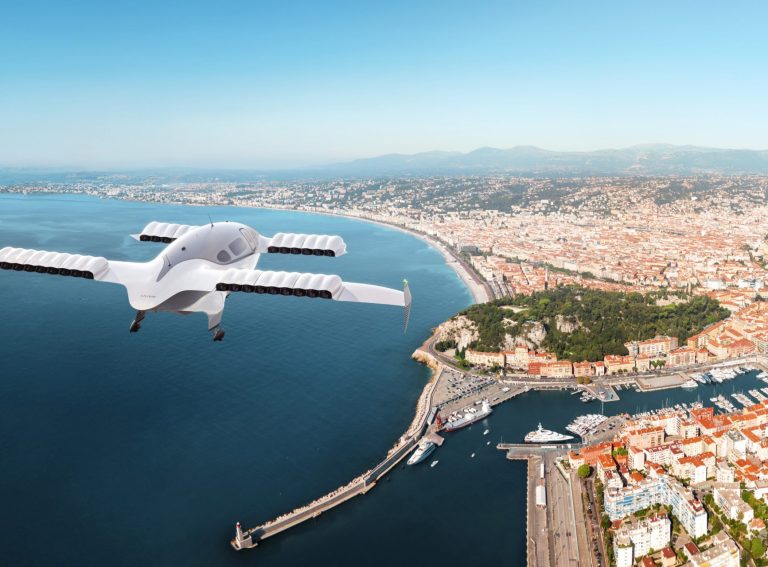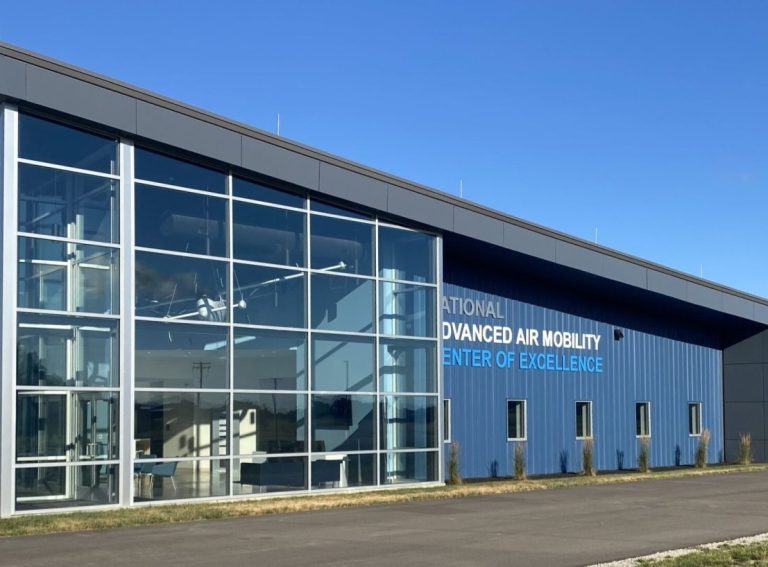Glasgow Airport has launched a digital twin competition to prepare for the rise of the eVTOL market and tackle other challenges in the aviation industry.
A digital twin is a virtual representation of a system which can assist organisations in simulating real situations and their outcomes, and present an array of potential applications for the aviation industry.
In collaboration with Connected Places Catapult, the Living Lab Digital Twin Competition will reward one winning organisation of the two-phase competition with £70,000 to develop its technology concept in the live aviation environment of the Scottish airport.
“Aviation is experiencing a period of rapid change as it seeks to reduce carbon emissions, gear up for the introduction of new technologies, and respond to increasing passenger numbers,” Andrew Chadwick, Ecosystem Director Airports and Aviation at Connected Places Catapult, told Zag Daily.
“Across all of these priorities there is a pressing need to improve the data available to decision makers and generate useful insights. This competition seeks to explore how digital twin technology offers a way of doing that.”
The two-phase competition, which closes applications on 7 March, offers five successful applicants up to £3,000 in funding to showcase how their digital twin concept addresses certain challenges in the aviation environment. A single organisation will then receive a further £70,000 to develop its technology solution.
Modelling the eVTOL impact
One challenge that the competition presents to participating organisations is energy management, and technology solutions are expected to understand and model the impact of eVTOL operations and EV charging on energy supply, demand and operational costs.
“The eVTOL market is growing rapidly around the world,” said Chadwick. “Whilst new aviation technologies are rightly subject to strict tests and criteria before they gain regulatory approval, we anticipate that in the coming decade eVTOLs will become a familiar sight in our skies as the technology develops and these vehicles are integrated into airport operations.
“Understanding electricity use at airports is becoming more and more important as demand is set to increase with the introduction of electric aircrafts. Digital twin technologies have the potential to help us understand energy use in real time.”
Those digital twin concepts showcased by the five organisations should also address the challenges of asset replacement (such as pavement replacement and vehicle and lighting monitoring) and passenger movement to maximise terminal capacity.
“We need to be working through the implications of all these new technologies and considering how we can best realise the benefits, and overcome the challenges that they bring,” Chadwick said on what should be done at a national level.
“To support this, our Connected Airport Living Lab is a partnership between Glasgow Airport and Connected Places Catapult designed to provide an opportunity to test and trial new ideas in the real world.”




